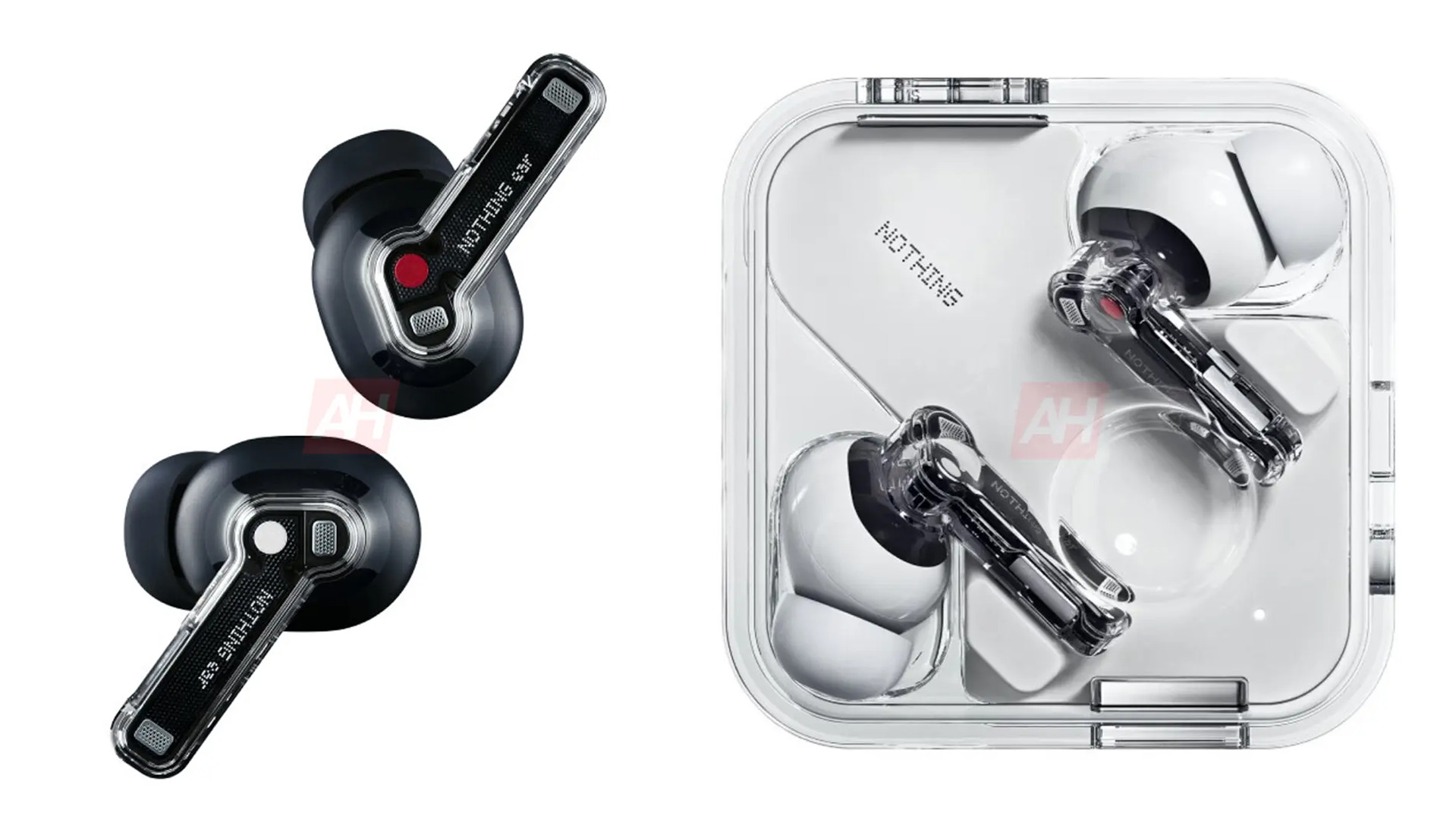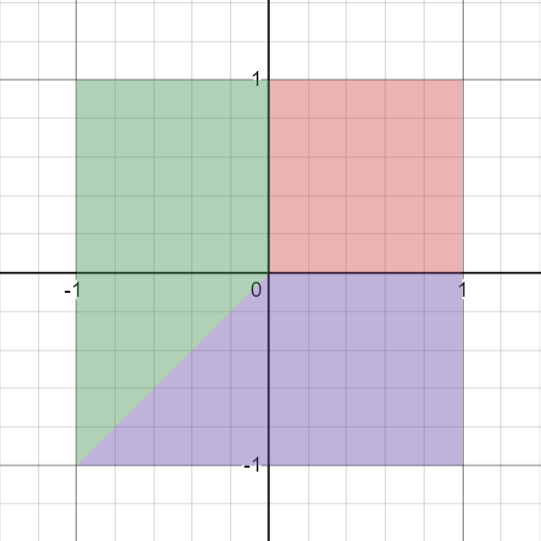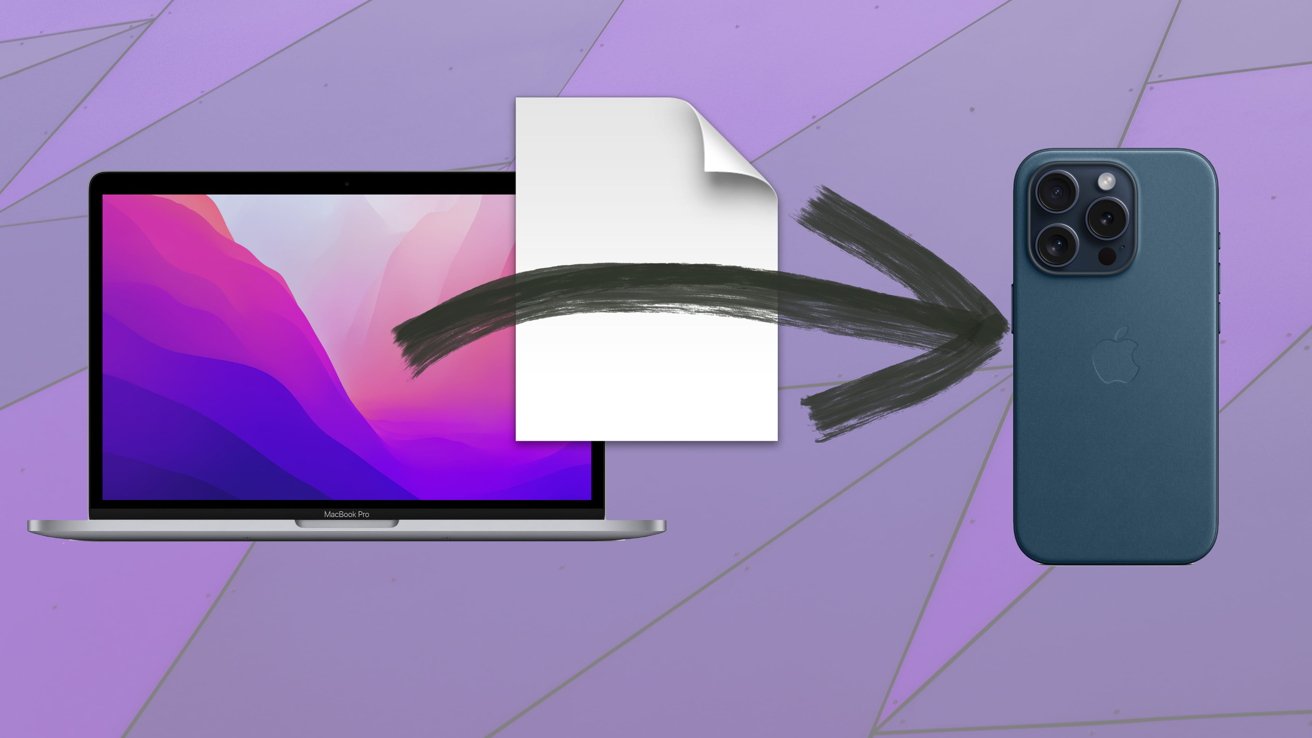Go Here to Read this Fast! NYT Connections: hints and answers for Tuesday, April 9
Originally appeared here:
NYT Connections: hints and answers for Tuesday, April 9
Go Here to Read this Fast! NYT Connections: hints and answers for Tuesday, April 9
Originally appeared here:
NYT Connections: hints and answers for Tuesday, April 9
Go Here to Read this Fast! Wordle Today: Wordle answer and hints for April 9
Originally appeared here:
Wordle Today: Wordle answer and hints for April 9
Go Here to Read this Fast! NYT Mini Crossword today: puzzle answers for Tuesday, April 9
Originally appeared here:
NYT Mini Crossword today: puzzle answers for Tuesday, April 9


ADA’s MVRV ratio improved in the last few days.
Most technical indicators looked bullish.
As the market turned bullish, Cardano [ADA] also managed to lift its price in the last few hours.
The post Here’s what Cardano needs for a move above $1 appeared first on AMBCrypto.


In many diseases, different patients will react differently to different treatments. A drug that is beneficial for some patients may not work for other patients with different characteristics. Therefore, healthcare can significantly improve by treating patients based on their characteristics, rather than treating all patients with the same treatment.
In this article, I will try to show you how we can train a machine-learning model to learn the optimal personalized treatment.
This article is about the field of personalized health care, but the results can be used in any field. For example: Different people will react differently to different ads on social media, so, in cases where there are multiple ads for the same product, how do you choose which ad to show to which viewers?
This method is useful in any case where you have to give a treatment but you can only give one treatment to every individual in the sample and therefore you have no way of knowing how that individual would respond to the other treatments.
An experiment was performed to compare two (or more) treatments. We’ll name them T = 1,2… A vector of covariates X represents every patient. Every patient i with a covariates vector Xᵢ, that was given a treatment Tᵢ has a recorded response to the treatment, Rᵢ.
For example, let’s assume that you want to test 3 different drugs for diabetes, we’ll name these drugs “1”, “2”, “3”.
We have a patient named Esther, she is 64 years old, she’s been diagnosed with diabetes 8 years ago, she weighs 65 kilos and her height is 1.54 meters. Esther has received drug “1” and her blood sugar was reduced by 10 points after being given the new drug.
In our example, the data point we have on Esther is X = {Female, 64 years old, 8 years since diagnosis, 65 kg, 1.54 meters}, T = “1”, R = 10.
In this setting, we would like to learn an optimal decision rule D(x), that assigns a treatment “1”, “2”, or “3” to every patient to optimize the outcome for that patient.
The old way of solving this problem was to model the outcome as a function of the data and the treatment and denote the predicted outcome as f(X,T). Once we have a model we can create a decision rule D(x): we compute f(X,1), f(X,2), and f(X,3) and give the patient the drug that maximizes their expected outcome.
This solution can work when we have a fairly good understanding of the underlying model that created the data. In this case, all we need is some finetuning to find the best parameters for our case.
However, if the model is bad then our results will be bad, regardless of the amount of data at hand.
Can we come up with a decision rule that is not parametric and does not assume any prior knowledge of the relationship between the data and the treatment result?
The answer is yes, we can use machine learning to find a decision rule that does not make any assumptions about the relationship between the response and the treatment!
The way to solve this problem is to solve a classification problem where the labels are the treatments given in the experiment and every data point i is weighted by Rᵢ/π(Tᵢ|Xᵢ), where π(Tᵢ|Xᵢ) is the propensity of getting treatment Tᵢ, given that you have the characteristics Xᵢ, which can be computed from the data.
This makes sense because we try to follow the experiment’s results, but only where it worked best. The reason we divide by the propensities is to correct the category size bias. If you’ve learned some reinforced learning then this whole process should look familiar to you.
Here is an example of an owl classifier using SVM. You can feel free to use any classifier you like.
import numpy as np
from sklearn.linear_model import LogisticRegression
from sklearn import svm
def owl_classifier(X_train, T, R, kernel, gamma):
n = len(T)
pi = np.zeroes(n) #Initialize pi as a vector of zeroes
probs = LogisticRegression().fit(X_train, T).predict_proba(X_train)#This is a n*unique(T) matrix that gives every person the probability of getting each treatment
for t in np.unique(T):
pi += probs[,t]*(T==t) #Every data point is assigned the probability of getting the treatment that it got, given the covariates
clf = svm.SVC(kernel = kernel, gamma = gamma) # initialize an svm classifier, the parameters need to be found by cross validation
clf.fit(X_train, T, sample_weight = R/pi) # fit the classifier with the treatments as labels and R/pi as sample weights
Simulating data can test the owl method. We create the reward function so that we know what the optimal treatment is for every patient. We can then train the OWL classifier on the data and check how well it fits the optimal classifier.
For example:
I created 50 features that are all sampled from a U([-1,1]) distribution. I gave the patients one of three treatments {1,2,3} at random, uniformly.
The response function is sampled from a N(μ, 1) distribution, where μ = (X₁ + X₂)*I(T=1) + (X₁ — X₂)*I(T=2) + (X₂-X₁)*I(T=3)
# This code block creates the data for the simulation
import numpy as np
n_train = 500 # I purposely chose a small training set to simulate a medical trial
n_col = 50 # This is the number of features
n_test = 1000
X_train = np.random.uniform(low = -1, high = 1, size = (n_train, n_col))
T = np.random.randint(3, size = n_train) # Treatments given at random uniformly
R_mean = (X_train[:,0]+X_train[:,1])*(T==0) + (X_train[:,0]-X_train[:,1])*(T==1) + (X_train[:,1]-X_train[:,0])*(T==2)
R = np.random.normal(loc = R_mean, scale = .1) # The stanadard deviation can be tweaked
X_test = np.random.uniform(low = -1 , high = 1, size = (n_test, n_col))
# The optimal classifier can be deduced from the design of R
optimal_classifier = (1-(X_test[:,0] >0)*(X_test[:,1]>0))*((X_test[:,0] > X_test[:,1]) + 2*(X_test[:,1] > X_test[:,0]))
It is not hard to see that the optimal treatment regime is to give treatment 1 if both X₁ and X₂ are positive. If they are both negative, give treatment 2 if X₂<X₁ and give treatment 3 if X₁<X₂. If X₁ is positive and X₂ is negative, give treatment 2. If X₂ is positive and X₁ is negative, give treatment 3.
Or we can show this with an image. These are the different ranges of the optimal treatment, shown for ranges of X₁, X₂:

I sampled 500 data points with 50 features and the reward function that I described above. I fit an OWL classifier with a Gaussian (‘rbf’) kernel and got the following classifications, which I visualized for values of X₁, X₂:

# Code for the plot
import seaborn as sns
kernel = 'rbf'
gamma = 1/X_train.shape[1]
# gamma is a hyperparameter that has to be found by cross validation but this is a good place to start
D = owl_classifier(X_train, T, R, kernel, gamma)
prediction = D.predict(X_test)
sns.scatterplot(x = X_test[:,0], y = X_test[:,1], c = prediction )
In case you missed what happened here: The data was composed of 2 features that affected the response and 48 features of noise. The model managed to learn the effect of the two important features without us modeling this relationship in any way!
This is just one simple example, I made the reward function depend on X₁ and X₂ so that it’s easy to understand and visualize but you can feel free to use other examples and try out different classifiers.
Outcome-weighted learning can be used to learn an optimal treatment in cases where we only see one treatment per patient in the training data, without having to model the response as a function of the features and the treatment.
There is some math that I dropped out from this article that justifies this whole process, I did not just make this up from the top of my head.
Future research on this topic should include:
Estimating Individualized Treatment Rules Using Outcome Weighted Learning was originally published in Towards Data Science on Medium, where people are continuing the conversation by highlighting and responding to this story.
Originally appeared here:
Estimating Individualized Treatment Rules Using Outcome Weighted Learning
Go Here to Read this Fast! Estimating Individualized Treatment Rules Using Outcome Weighted Learning



Universal Clipboard is Apple’s cross-platform feature that allows users to quickly transfer document elements and files between devices. Part of the Continuity system that enables productivity across the Apple ecosystem, it has become an extremely well-used and indispensable feature of Apple’s operating systems.
Much like how copy and paste works at a system level to shift files, text, video, or images between documents or storage folders, Universal Clipboard is the same thing, but across multiple devices. It’s possible to copy text from one item, like a Mac, and to paste that same data to Messages running on an iPhone.
Go Here to Read this Fast! How to fix Universal Clipboard problems on macOS
Originally appeared here:
How to fix Universal Clipboard problems on macOS
FLOKI’s popularity across social media platforms grew materially in the last 24 hours.
The price of FLOKI witnessed an uptick, however, network growth continued to fall.
With Dogwifhat[WIF]
The post FLOKI’s 7% price uptick sparks interest, but will it last? appeared first on AMBCrypto.
Bitcoin and crypto are no longer seen as a fleeting “fad” among consumers — the majority now consider them an integral part of the financial system, Reuters reported on April 8, citing a Deutsche Bank survey. The survey gathered responses from 3,600 individuals and revealed a slow yet noticeable shift in consumer attitudes towards bitcoin […]
The post Only 1% of consumers still think Bitcoin is a passing ‘fad’ appeared first on CryptoSlate.
Go here to Read this Fast! Only 1% of consumers still think Bitcoin is a passing ‘fad’
Originally appeared here:
Only 1% of consumers still think Bitcoin is a passing ‘fad’
XRP maintained a higher timeframe bullish structure.
Its inability to fight beyond the short-term range was concerning.
Ripple [XRP] noted some gains in the hours before press time as Bitcoi
The post XRP’s on-chain clue: A rally in waiting or just hype? appeared first on AMBCrypto.